San Diego Asian Film Festival 2022 Highlights
Nov 20, 2022
My last experience with the San Diego Asian Film Festival was in 2020 during the pandemic when, unfortunately, the festival was moved to an online format. Flashforward to 2022, the A&E section was given the opportunity to provide coverage of the event. I didn’t quite know what to expect given that this was my first festival experience post-pandemic, yet, to say this festival was great would be an understatement. SDAFF was better than I anticipated: from the venue, to the crowd, to the food, and how could I forget, the films themselves, everything was amazing. The section had a blast watching the collection of films and now present our thoughts on each of the films we watched.
– Hector Arrieta, A&E Editor
“Bad Axe”

To kick off The San Diego Asian Film Festival, The UCSD Guardian went to opening night to watch David Siev’s feature film debut “Bad Axe,” a documentary about his very own family and a love letter to the Michigan town of the same name.
One of the most striking things about the work is the crude authenticity of the Siev household. Such a raw and off-the-cuff atmosphere could only really be achieved through the documentary medium which Siev commands effortlessly. The whole experience is so captivating that you almost feel like you are a part of the family as well.
You get a clear sense of everyone’s personality, routines, and reactions. You seek commonalities and find yourself on the inside of jokes normally reserved for friends or family. It’s one thing to suspend your disbelief for a character in a drama or an action film, but it’s something different to watch a real family interact and face hardship as a single unit. It’s a completely unique experience that you can only get from “Bad Axe.” Siev’s voice shines throughout the documentary, clearly showing his love for both Bad Axe and his family. The documentary shows what it is like to live in Bad Axe and what his family’s experience is like living in a largely republican town. By the end, Bad Axe feels like a character of its own. It’s easy to empathize with the challenges the Siev family faces during COVID-19 and the 2020 presidential election.
After the show, some of the Siev family, minus David himself, came out to answer questions from the audience. Rather than focusing on the film, a lot of the audience was more focused on understanding the Siev family. In a way, the film had done its job. It articulated a complex family dynamic defined by hardship and circumstance. Now, everyone was invested. The Siev family’s story touched everyone, and many connected with their hardships and triumphs, making the Q&A portion that more special. The Siev family was incredibly gracious on and off stage, sharing behind the scene stories and heartfelt messages about loving one another. One of us was even lucky enough to get a photo with Chun Siev, David’s father.
The love letter that started off as one to Bad Axe, ended up being a love letter to David’s family. “Bad Axe” is an exceptional and intimate look into this family’s trials and tribulations that will leave a great impression on anyone who sees it.
– Fabian Garcia & Kamiah Johnson, Senior Staff Writers
“Stellar: A Magical Ride”
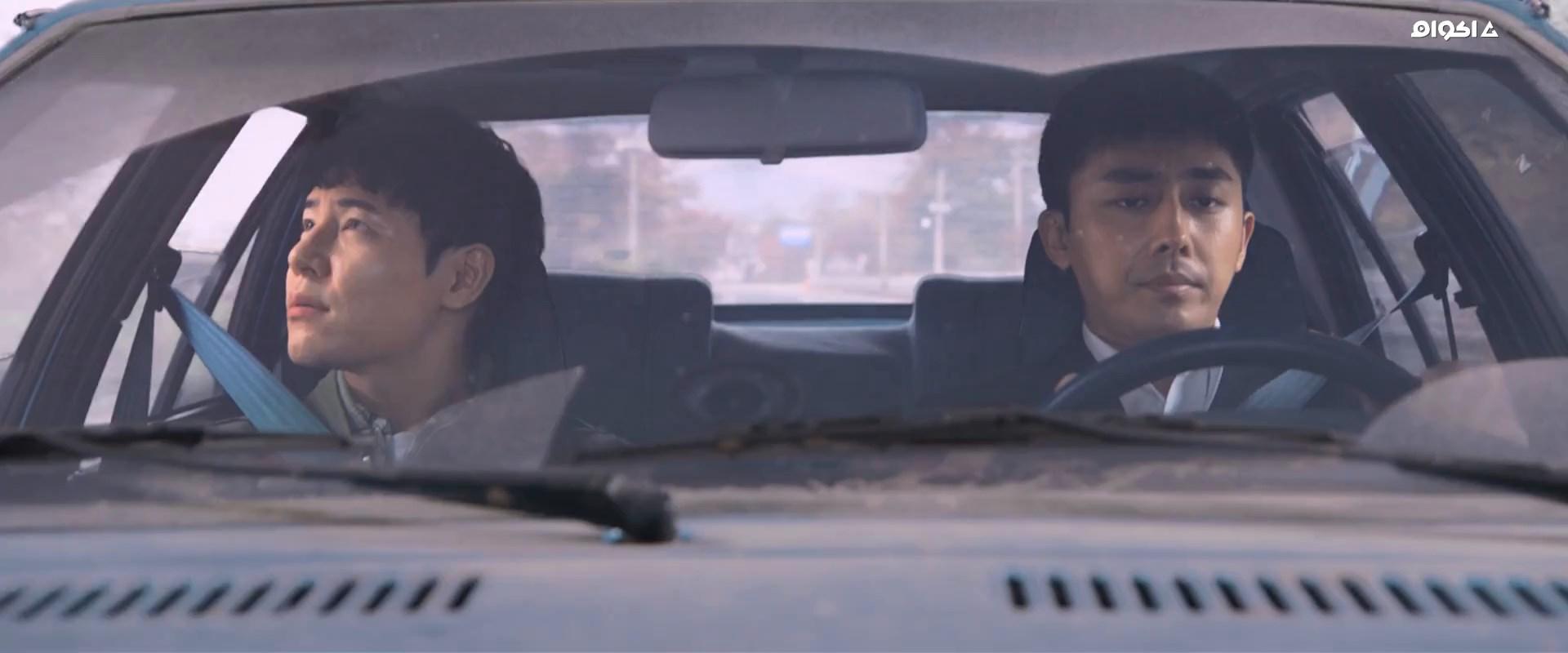
After hearing about “Stellar: A Magical Ride” finally being released in Korean theaters earlier this year, it felt more than surreal for me to experience watching this movie here in San Diego. “Stellar: A Magical Ride” follows a chaotic and action-packed chase in which Young Bae (Son Ho Jun) must search for a supercar taken by his friend Dong Shik (Lee Kyu Hyung) — all while being hunted down by a gang led by Seo Sa Jang (Heo Sung Tae). Young Bae uses his late father’s old Stellar in a frantic attempt of escaping and searching, but the car becomes more than just his getaway from his problems. He finds himself reminiscing in the repressed memories of those with his father, a man he detested in the past but learns to finally forgive and love.
Like so many other Korean comedy films, there seems to be an unspoken, hidden tradition within these movies that leave me crying out of sadness rather than laughter. It’s as if these directors who create comedic, funny movies actually enjoy making the audience cry from the emotional impact they leave. With “Stellar,” the majority of the film was filled with the usual action-comedy scenes of gang fights, crazy car chases, and the occasional surprises of a car somehow functioning on its own. What adds to this guilty pleasure of action films is Seo Sa Jang’s charismatic demeanor as the gang boss, which is a slight contrast to his role as a dirty, ill-mannered gangster in his most famous work, “Squid Game.”
Despite how surface-level the movie seems with these typical tropes, an underlying theme of loss and grief pulls at the audience’s heartstrings with the reveal of how Young Bae comes to terms with his father’s passing. Young Bae does not realize until the end how the janky, beat-up car has helped him all along — a final gift left from his father as a way to both thank and apologize to his son. The reveal of how the car was magically run all along was a cheesy but wonderful ending for this film to finish on. “Stellar: A Magical Ride” serves as a heartwarming reminder of cherishing the people in our lives and how it’s never too late to say “thank you” and “I’m sorry.”
– Erika Myong, Contributing Writer
“The Heroic Trio”
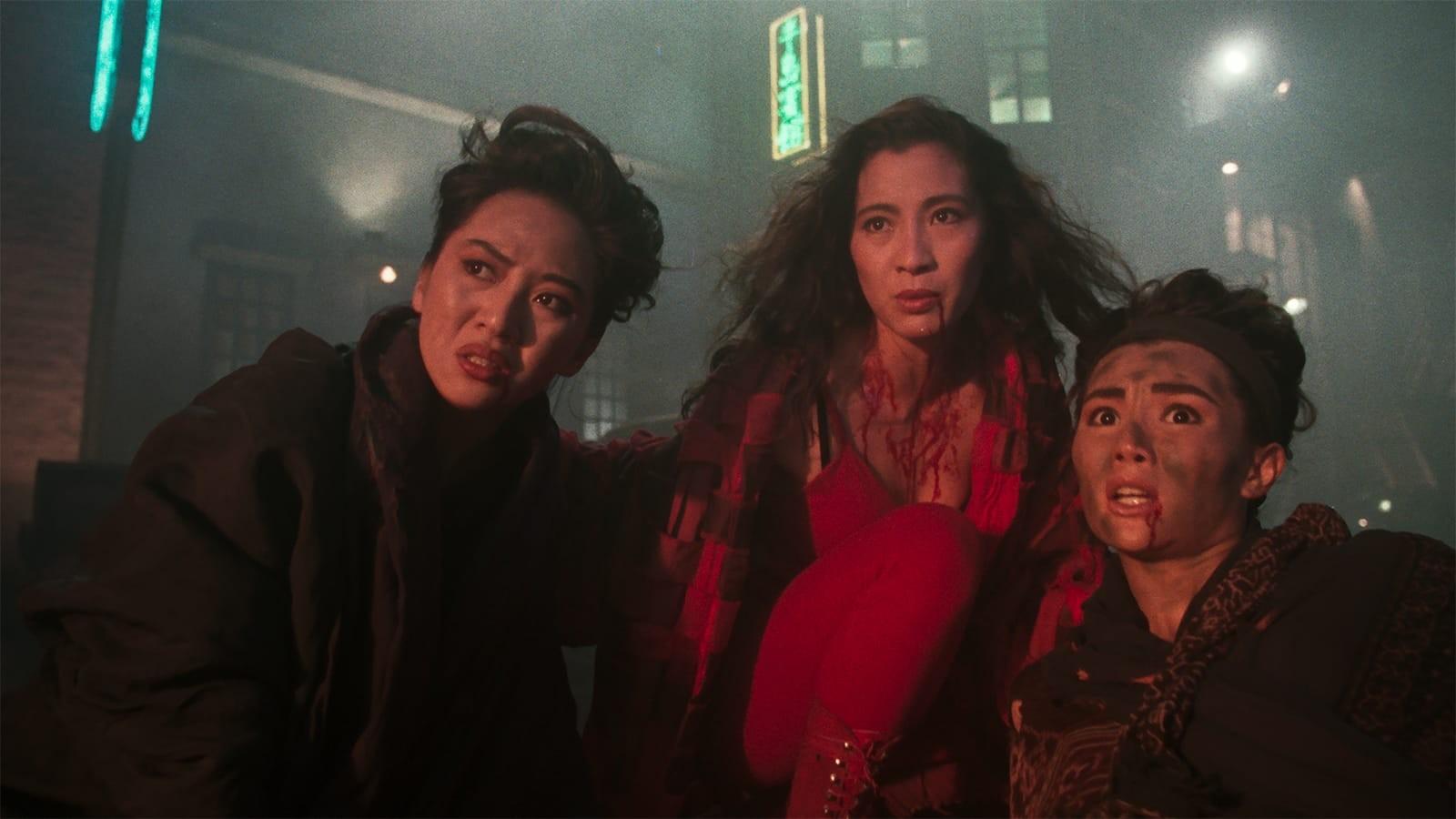
Within the Classics Restored program at the San Diego Asian Film Festival, the 1993 film “The Heroic Trio” was the most striking. Starring Anita Mui, Michelle Yeoh, and Maggie Cheung, the film begins with a confounding case of baby snatching. Babies destined to become emperors are stolen from the hospital by an invisible entity, bringing Wonder Woman (Anita Mui) and Thief Catcher (Maggie Cheung) to the rescue. Wonder Woman is the team’s moral compass, committed to fighting evil from the beginning with her stylized throwing stars and flashy rapier. Thief Catcher is a morally ambiguous gun for hire, who inexplicably joins the chase, taking out enemies with her sawed-off shotgun and corny quips. As the two toil to find the invisible entity, they encounter the Invisible Woman (Michelle Yeoh) who is working for the Evil Master, a seemingly all-powerful being who is keeping the babies captive underground to pick a new emperor for China.
The film is filled with diversely choreographed fights between Wonder Woman, Thief Catcher, and the Invisible Woman. The over-the-top action sequences never become stale and even border on comedy. In one of the more outlandish scenes, Thief Catcher throws a stick of dynamite into a barrel which she uses to fly into the enemy’s base, where she dispatches her adversaries. The fight scenes between the three often elicit dance-like movements, indicating a connection between the trio that is yet to be explored. During a fight between the three women, Wonder Woman and the Invisible Woman are left dangling hand-in-hand on a cliffside. As the Invisible Woman slips further, her arm aligns with Wonder Woman’s, revealing matching tattoos. The pair stare at each other in revelation of their shared upbringing and long lost sisterhood. This convinces the Invisible Woman to renounce the Evil Master and fight alongside Wonder Woman and Thief Catcher, completing The Heroic Trio. The film concludes with a final battle between the Evil Master and The Heroic Trio. After igniting dynamite on the Evil Master’s chest, the trio believes that the fight is over. Then, from beyond the flames emerges the skinned corpse of the Evil Master. The creature ensnares the Invisible Woman, acting as an exoskeleton to utilize her power against the rest of the trio. As all seems lost and the Evil Master compresses the Invisible Woman’s body with his own, she harkens back to her friendship with the Heroic Trio that pushed her to turn from evil. The strength of her emotional bond proves incomprehensible for the Evil Master and her mind overpowers his. The three don capes and walk triumphantly out of frame.
“The Heroic Trio” packs its short runtime to the brim with thoroughly mesmerizing moments. From the incredible action to the hilarious quips, it was one of the most enjoyable experiences we have had within a theater; anyone who has the opportunity to experience this film undoubtedly should.
– Matthew Risley & Xuan Ly, Staff Writers
“Executioners”
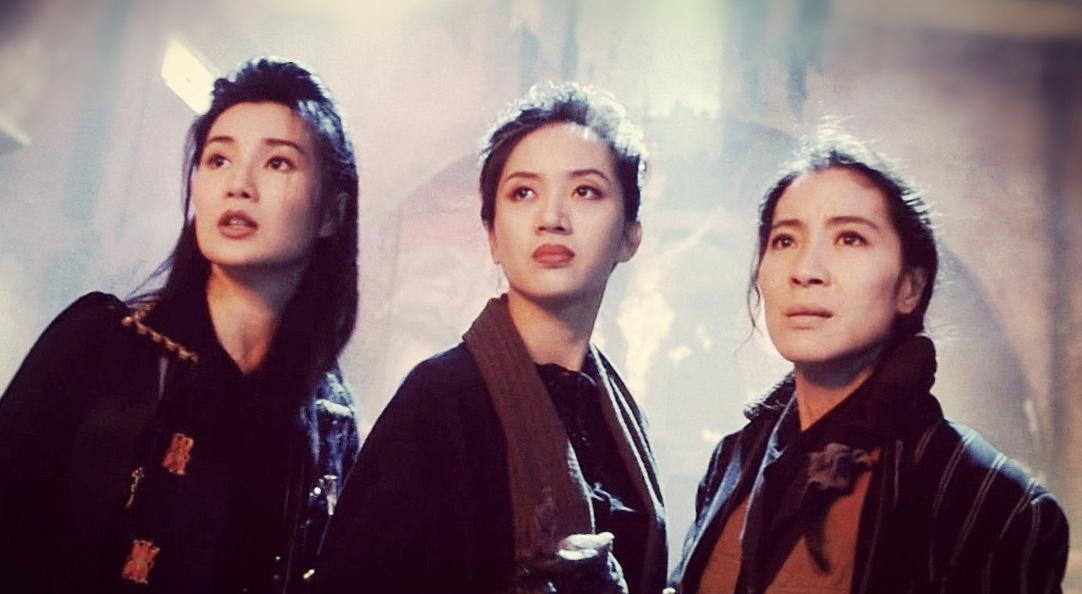
Not only did the San Diego Asian Film Festival offer new releases for audiences to enjoy, but some classics in Asian cinema were also brought to the fest, including Johnnie To’s 1993 action-comedy “Executioners.” “Executioners” is the second part to “The Heroic Trio,” and follows the titular characters known as Wonder Woman (Anita Mui), the Invisible Woman (Michelle Yeoh), and Thief Catcher (Maggie Cheung) in their second adventure. Years following the events of the first film, a nuclear attack on the city results in a water shortage, leading civilians to look for clean water in any place they can find, often from Thief Catcher who steals from the company that withholds it. However, the company is being controlled by an evil villain who has goals to overthrow the government and assassinate the President, and all three heroes must work together again to bring peace, and clean water, back to the city.
In continuing the epic saga of “The Heroic Trio,” “Executioners” is set in a completely new world that is facing much turmoil in a time of public struggle. Wonder Woman has taken time to spend with her daughter, Cindy, while her husband Lau (Damian Lau) has been promoted to Commissioner of police. However, as things begin to unravel, political and social figures are put in harm’s way and Commissioner Lau is blamed for a very public assassination. In an attempt to bring Lau to safety, he is told to flee, and Wonder Woman follows. Unfortunately, she is captured, and Thief Catcher and the Invisible Woman are left to not only bring her back, but keep the President safe and find the source of the clean water to restore it for the city. In the midst of all of this, action-packed scenes with casual firings of machine guns and a villain with an eerie, comedic quality are thrown into the mix to keep audiences entertained and invested. Having seen “The Heroic Trio” the previous day, I was excited to see how the sequel would play out. There is slightly less chaos, and a stronger plot, but the lively action and witty script makes for an equally memorable experience.
– Arshia Singh, Contributing Writer
“Before Now, and Then”
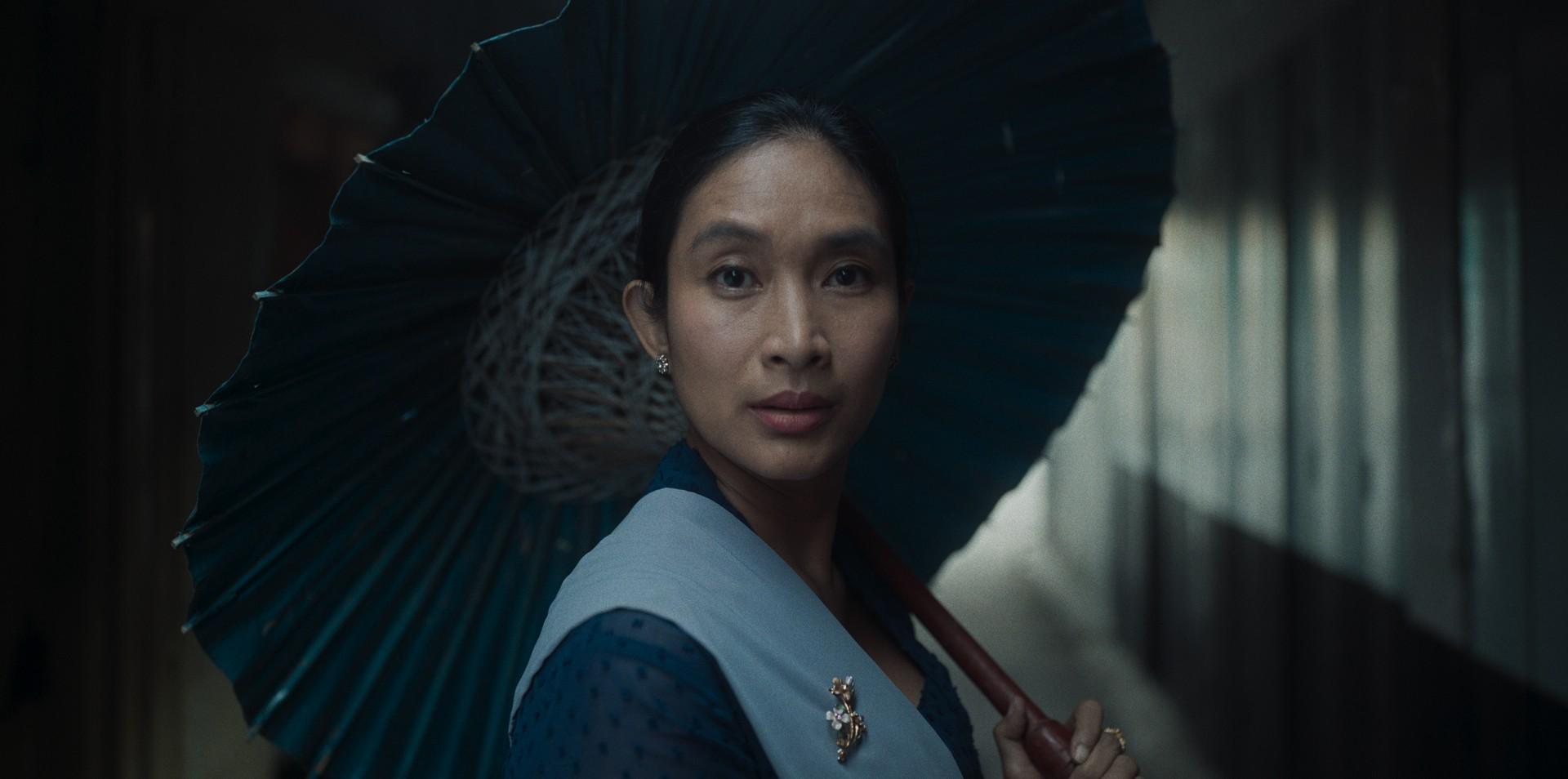
The final day of the San Diego Asian Film Festival began with “Before, Now and Then” by writer and director Kamila Andini. Taking notes from the likes of Wong Kar Wai and Andapichatpong Weerasethakul, the film skirts along a central theme of adultery and family whilst engrossing you in 60’s rural Indonesia. The “In The Mood For Love-esque” framing device is something that’s been attempted before; however, something about this take feels quite captivating — likely due to the prominent focus on the central figure Nana, wonderfully portrayed by Happy Salma.
A lot of playful framing puts Nana in interesting situations, and you get a sense of her thoughts just by reading her minute facial expressions. Several quiet moments in the film are spent watching her doing mundane tasks, not speaking a single word. However, you can still tease out the feeling in every little action she makes.
If that isn’t enough, sometimes we are allowed into her thoughts thanks to the many dream sequences the film places us in. While these are usually far from subtle, they add a degree of welcome abstraction from the more straightforward narrative at play. It’s special to see a character like Nana develop on screen, and while a lot of her growth happens quite rapidly, there is still a relative payoff.
“Before, Now and Then” isn’t afraid to take things slowly. It’s also not afraid to alienate its viewers, and that’s an incredibly bold choice for such a straightforward film. It would be nice to see this style of theming replicated in another project. There just seems to be so much potential that hasn’t been fully tapped into here.
In any case, it’s hard to imagine a better way to cap off The UCSD Guardians’ stay at SDAFF, and we look forward to what’s in store next year.
– Fabian Garcia, Senior Staff Writer
“The Fish Tale”
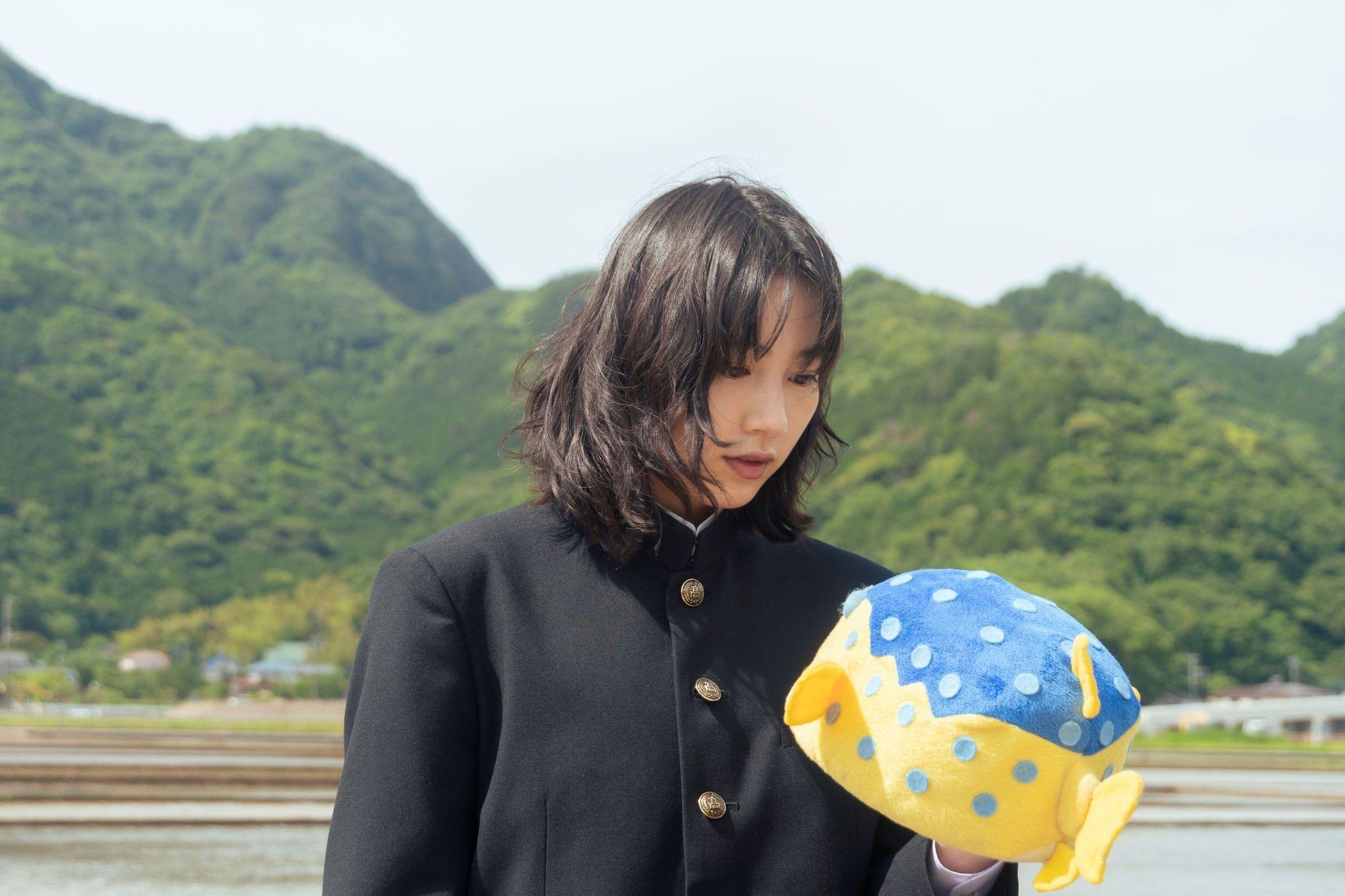
“The Fish Tale” tells the story of Mibou (Rena Nonen), a Japanese girl who aspires to be a “fish expert,” and her journey since she was a child, and into adulthood, to achieve her lifelong dream. The film captures both the lows — struggling to find a stable job — and highs — the bonds she makes along the way, how she inspires those around her to follow their passions, and finding avenues to best express herself — of Mibou following her passion to its fullest extent.
On top of the bildungsroman, “The Fish Tale” tries to tackle several real-life issues throughout its two-hour and nineteen-minute run time. The film tackles the issue of the battle between contradicting parenting philosophies: wanting your child to be “normal” versus allowing them to be their true selves; wherein Mibou’s mother follows the latter philosophy and sacrifices everything in her own life to allow Mibou to follow her passions. Mibou mother’s actions are best portrayed by her allowing Mibou to completely fill their entire apartment with aquariums and eating seafood for every single meal, to which she later reveals to Mibou that she never like seafood at all, only further emphasizing the lengths that the mother was willing to go through to support Mibou. The film also tackles the issue of trying to pursue your passions in a world that is primarily focused on efficiency and producing useful outputs. Throughout the film, Mibou fails in several jobs as an adult in the big city. First, as an aquarium assistant, her own love for sea life doesn’t allow her to focus on any given task. Then, as a sushi shop apprentice, although she loves seafood, the monotonous nature of the job becomes tiresome for her. Then, in her final job as an aquarium designer for a dentist, her extensive and niche knowledge of fish becomes too much for someone who doesn’t see fish in the same way as her. Every one of her jobs served to not only emphasize Mibou’s quirky, naive, and bubbly personality, but also humanize her in such a way that I saw myself in Mibou and could relate to her struggling to find a right fit.
Finally, one of my favorite aspects of the film is that Mibou, by simply being herself, creates a cycle of inspiration that results in those around her coming back in her time of need. Thus, “The Fish Tale” was a film I didn’t know I needed; it reignited something within me to continue my passions, Mibou was my inspiration, and I hope she can be yours too.
– Hector Arrieta, A&E Editor
“Mama Boy”
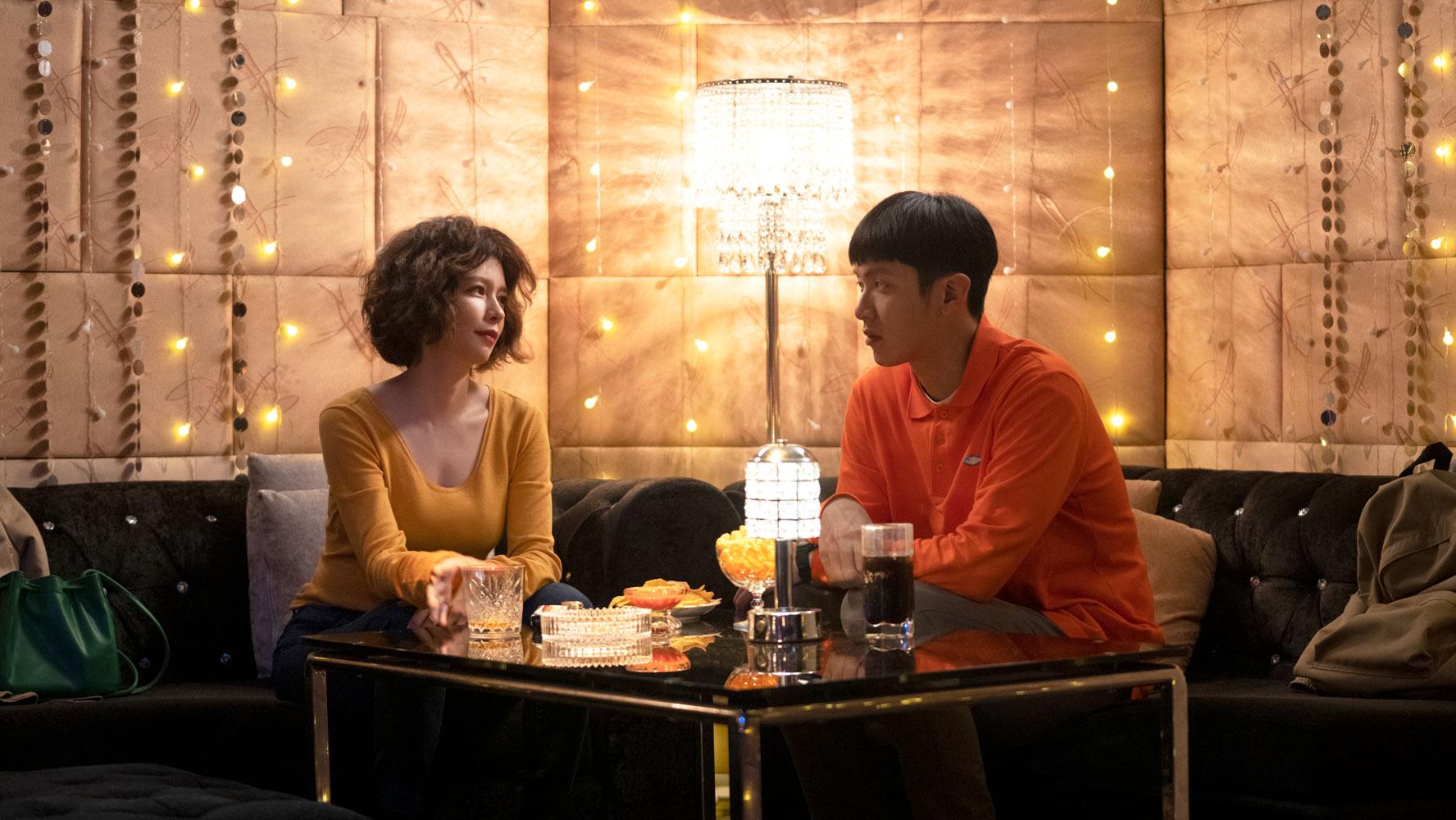
Growing up and working alongside my father who was a mechanic, it was inevitable that I would participate in what I refer to as “shop talk.” Usually with his other shop buddies, they’d engage in various topics — but always with a vulgar twist — like childhood stories, politics, cars, but, especially, women. While most of the “shop talk” would be nothing more than discussing the contemporary model or actress of the time, they’d also discuss either their own or someone else’s story through their perspective. One of these stories ended with the lesson, “nunca te enamores de una p*ta,” or “Never fall in love with a wh*re.” I think “Mama Boy” cranks this adage up a notch and begs to ask the question, “What if a man with an overprotective mother falls in love with a madam (female pimp), who also happens to be a mom?”
And thus, “Mama Boy” attempts to answer this question through the use of awkward comedy and the exploration of the dichotomy between what’s considered a “good” and “bad” mom. During my initial viewing, I could feel the awkward auras caused by the humor in the film, which is not a knock on the film. The humor fits the main character of Xiao-hong (Ko Chen-tung) and his bumbling personality, and I personally found it funny. At the start of the film, you wouldn’t be wrong to assume that Xiao-hong’s mom, Mei Ling (Sara Yu), is the “good mom” — still taking care of her son well into his late 20s — and the madam Sister Lele (Vivian Hsu) is the “bad mom” — mother to a bum of a son, Wei Jie (Fandy Fan), and owner of a brothel. Yet, as the film progresses and the different relationships between the mothers and sons and the romantic relationship between Sister Lele and Xiao-hong expand and contract, the viewer is left questioning their preconceived notions of what a “good” mother and son relationship looks like.
– Hector Arrieta, A&E Editor
“Hill of Secrets”
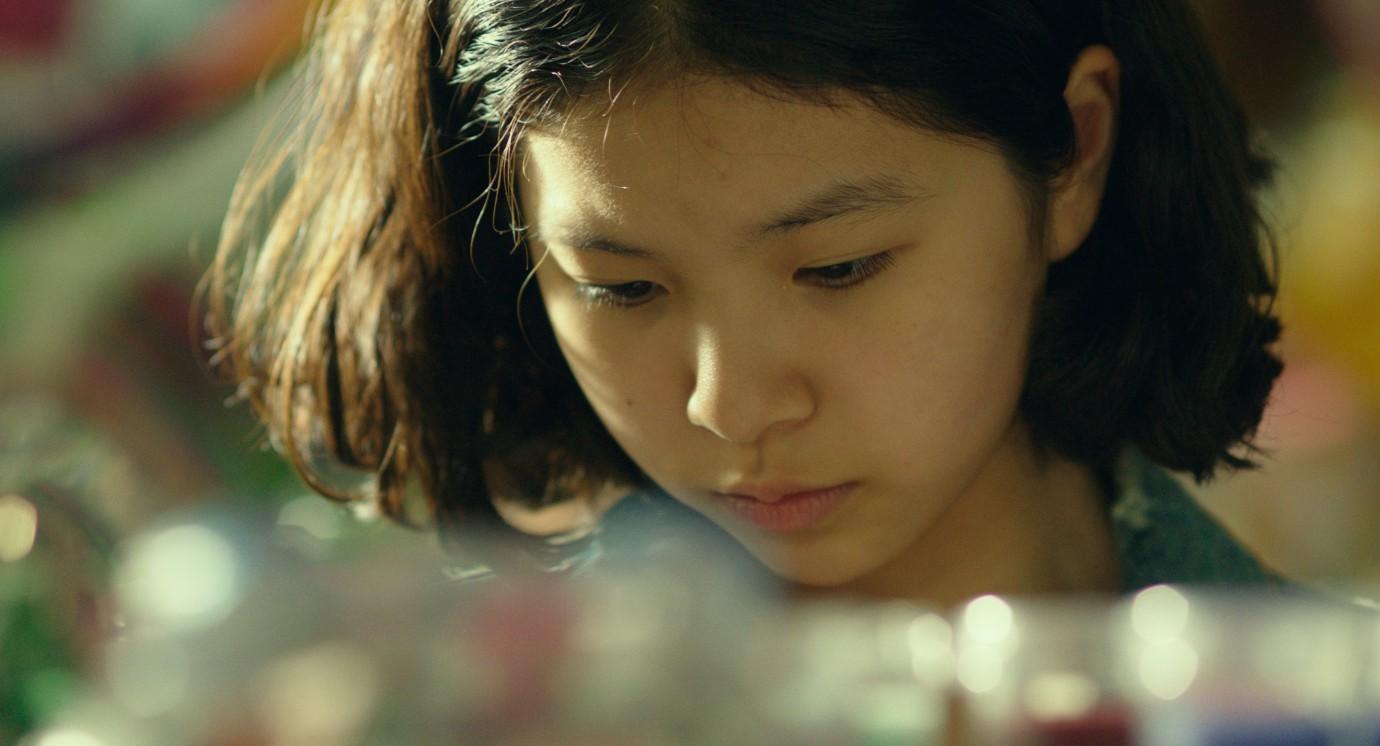
I am a sucker for bildungsromans. I think it’s always interesting, often therapeutic, to see someone younger try to grow up and find their way in the world, and “Hill of Secrets” was certainly no exception. The film follows elementary school girl Myung-eun (Moon Seung-ah) as she attempts to discover her family as a whole: their values, philosophies; what they stand for, and how she fits into her nuclear family. To give a quick comparison to another bildungsroman film in the SDAFF lineup, “Hill of Secrets” is the polar opposite of “The Fish Tale.” While in the latter film, Mibou, its protagonist, already knows who she is and is seeking to reach her fullest potential, Myung-eun is running away from her reality, hence her family. She is ashamed of her family for being, in her eyes, cheap, selfish, and unloving in comparison to her grandpa and uncle. She goes on to lie to her classmates about her true family life and even goes out of her way to put strangers in the place of her parents. And while at points I thought she seemed ungrateful as her parents are working class people who are trying their best to provide physically, her views were valid for the most part. I did agree that her nuclear family was selfish and unloving for the majority of the film. A huge plot device of the film is a writing contest that Myung-eun joins three times. For the first two times, she earns second place, and while the family goes out to eat as a result of the reward, they verbally don’t communicate happiness for her. Her father even tells her that she should’ve earned first place instead, and at points in the film, the viewer sees how the mother talks badly about Myung-eun to her brother, and at one point Myung-eun overhears this conversation. Thus, the attempt to keep up with the lie of a perfect family and the frustrations of her real family culminate in the final writing contest where she submits two pieces that will be published in the local newspaper: one where she highlights the good of her family and another where she exposes the truth and her real feelings. In addition to publication, the former submission won an honorable mention in the contest, while the latter won first place, placing a moral dilemma upon the girl: whether to choose success and be true to herself, or put the feelings and honor of her family above all.
I do not want to spoil the movie here, but the viewer’s interpretation of the ending and Myung-eun’s final decision truly does depend on one’s own upbringing and values.
– Hector Arrieta, A&E Editor
“Too Cool to Kill”
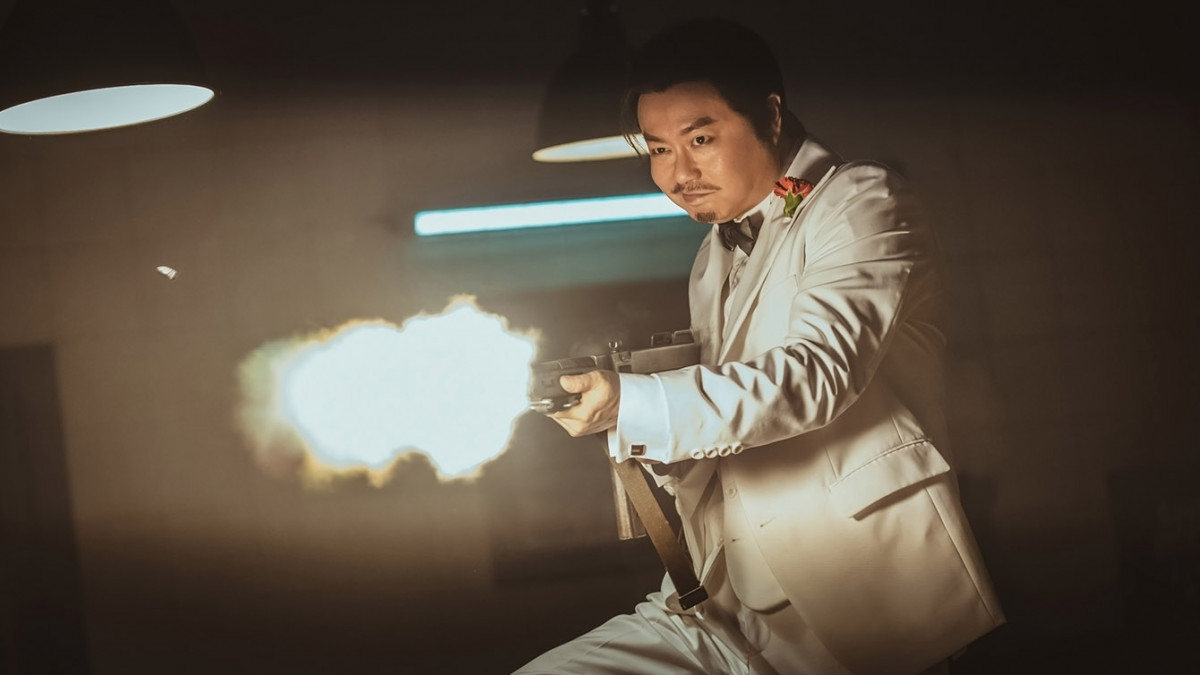
If I had to quickly describe “Too Cool to Kill,” it would go like this: It’s like if “Once Upon A Time in Hollywood” was even more comedic, over the top, had gangsters, and was even more meta about filmmaking. The film’s premise concerns a brother-sister, director-actress duo who failed to make money for the mob with a previous film production, and in order to save themselves from an unfortunate end, they lie that they have a connection with a hitman who tried to kill the mob boss at the start of the film. As a result, they trick a naive actor into believing he is playing the role of a hitman in a movie with hidden cameras while they wait multiple days for the next departing ship to leave and escape.
This film felt like a love letter to the craft with what I at least interpreted to be multiple Tarantino references to films like “Pulp Fiction,” “Inglorious Bastards,” “Kill Bill,” and a more comedic take on “Once Upon A Time in Hollywood”’s premise of a film about the film industry, and even a reference to “Singin’ in the Rain,” dance number and all. But even more so, a love letter to acting, with the pretend hitman, essentially almost giving his entire life, literally, at multiple points for what he thinks is a role.
The theater and I had a blast watching this film, although some parts did kind of start to drag just a teeny bit, but not enough to take away from how enjoyable this film was.
– Hector Arrieta, A&E Editor
“Lesson in Murder”
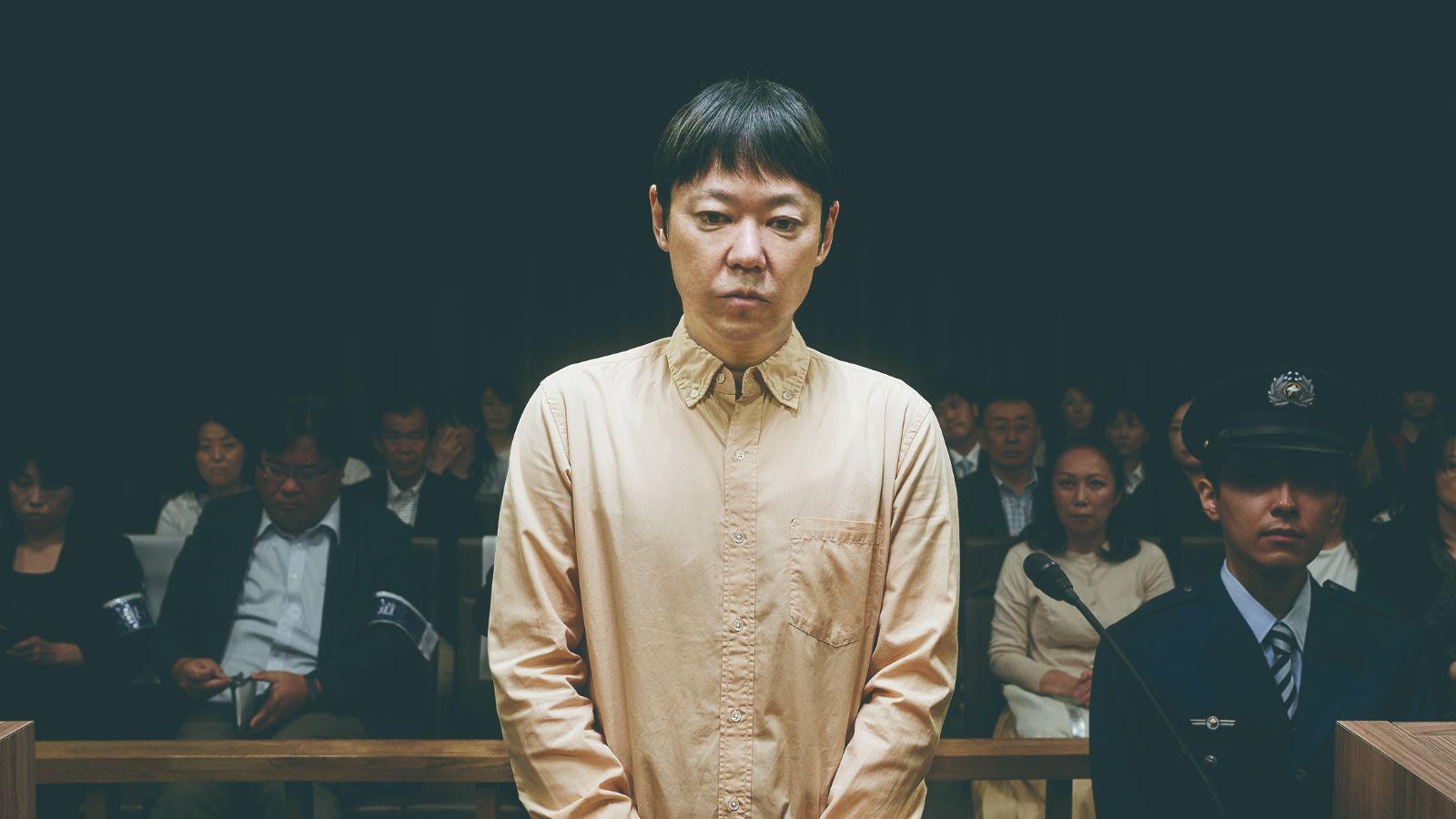
In recent times, there seems to have been an increase in the amount of content about serial killers in TV, film, YouTube, and TikTok. While it all may seem tiresome, trust me, “Lesson in Murder” is a breath of fresh air. This film is a mystery thriller that delivers in both departments, but especially so in the thriller aspect. The mystery aspect features Masaya Kakei (Kenshi Okada) working alongside serial killer Yamato Haimura (Sadao Abe) to prove that, from the 24 murders he was sentenced for, he didn’t commit any of them. While the premise may be a bit shaky — why should Masaya even believe a literal serial killer and what would he gain from helping him? — it was satisfying to see Masaya uncovering clues, thinking through issues , and going through procedures to reach the conclusion of the film. The thriller sections of this film definitely don’t disappoint, however. This film expertly employs both physical and psychological distress to push the audience to their edge of their seats. During the scenes that featured hyper realistic gore, I couldn’t help but hold my breath at the sight of the flashbacks portraying Yamato committing acts against humanity like sadistic torture using his signature move: fingernail removal. At the end, I gasped at the discovery of the killer. Ultimately, “Lesson in Murder” was an exploration in the motives behind murder, looking specifically at how serial killers can be the result of cycles of trauma. Although this film is not for the faint of heart, it definitely was a joy to watch.
– Hector Arrieta, A&E Editor
Images courtesy of The New York Times, Janus Films, IMDb, The Film Stage, The Reel Bits, San Diego Asian Film Festival, Berlinale, Film Combat Syndicate, Museum of Photographic Arts, Film at the Lincoln Center


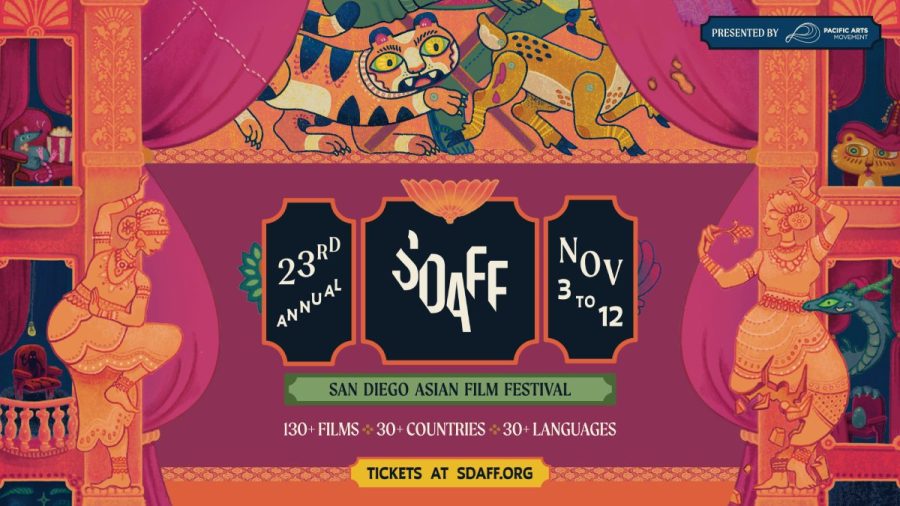








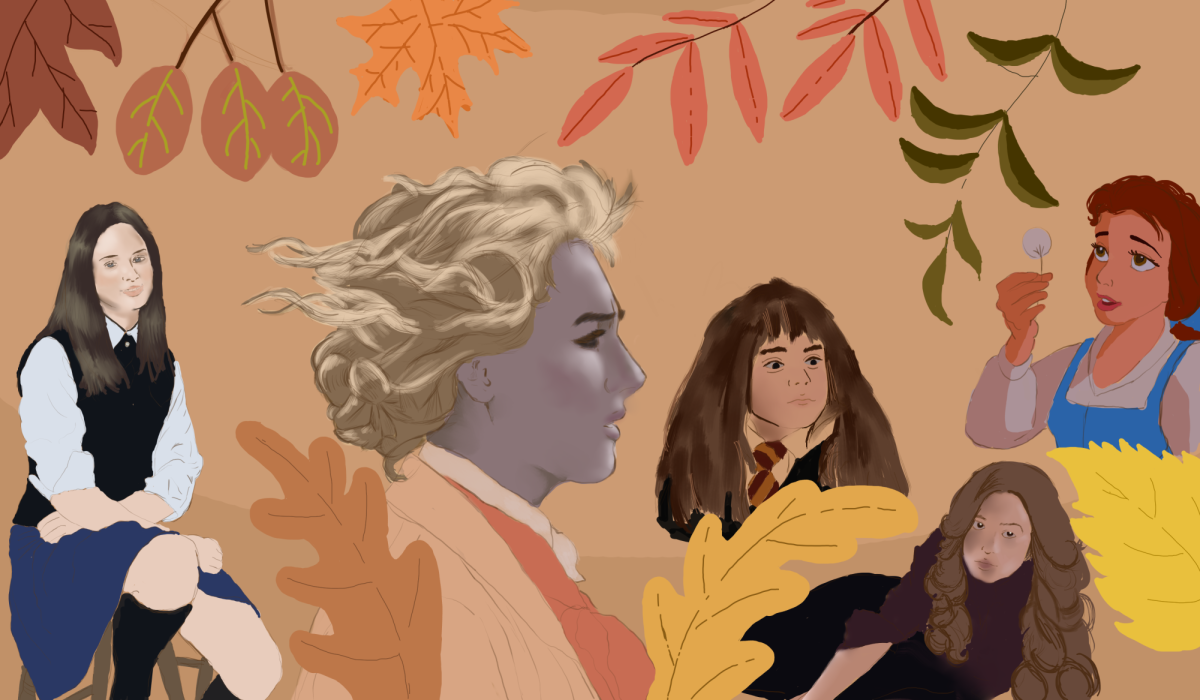




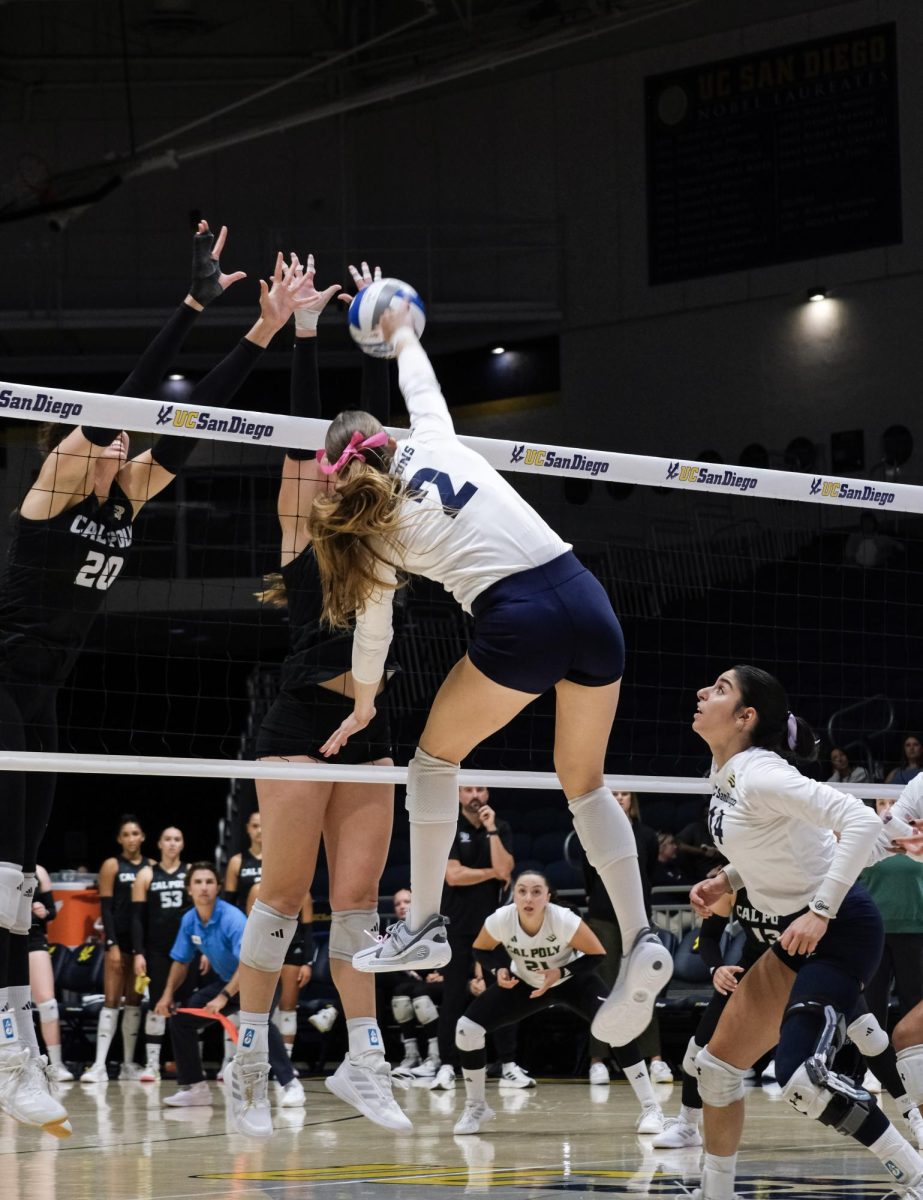





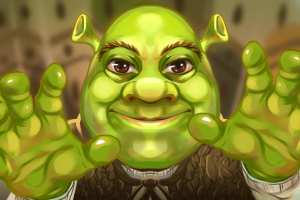
quordle • Nov 7, 2023 at 6:21 pm
I also really enjoy reading this very good post. I don’t get the chance to see something like this very often
Basket Random • Dec 13, 2022 at 4:33 pm
Thanks for sharing about San Diego Asian Film Festival 2022 Highlights
will james • Nov 21, 2022 at 8:56 am
hey good one